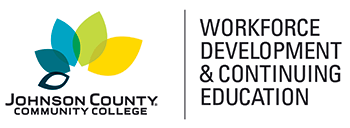Contributions of Purchasing
In this first lesson, you'll learn about the various types of professional purchasing certification, including those offered by the Institute for Supply Management (ISM) and the National Institute of Government Purchasing (NIGP). You'll explore the breadth of the purchasing body of knowledge and identify several areas where purchasing provides value to organizations. You'll also discover the significance of buying on a total cost basis and learn how savings you generate for purchased materials and services improve your company's bottom-line profitability.
Organizational Strategy and Purchasing Response
In this lesson, you'll learn how to set a vision and mission statement, and how to develop objectives and strategies. The lesson will also discuss the mechanics of creating purchase requisitions and purchase orders and how to use them effectively. You'll finish up by exploring different conditions that benefit from negotiation and the steps and techniques that contribute to a successful outcome.
Elements of the Purchasing Cycle
All organizations use a purchasing cycle to manage buying activities. To help you effectively manage purchasing activities, this lesson presents a seven step-cycle that begins with need recognition and ends with receipt of delivery. You'll explore the first five steps in depth and see how specifications, branding, and samples are three common methods for defining user needs. You'll also learn about four different forms of competition (monopoly, oligopoly, full competition, and perfect competition) and see how competition affects prices.
The Purchasing Cycle (Conclusion); Make or Buy Analysis; Leasing
In this lesson, you'll conclude your exploration of the purchasing cycle by learning about steps six and seven (perform follow-up and receive the delivery). Then, you'll examine expediting, follow-up, and tracing as methods to enhance on-time deliveries. You'll also learn how purchasing supports the receiving function and discover the underlying concepts of make or buy and leasing.
Supplier Sourcing
As a purchasing professional, you depend on your suppliers. After all, without capable suppliers, it would be very difficult (if not impossible) to meet your organization's needs. For that reason, this lesson will discuss the importance of proper source selection and how to prepare a prospective supplier list. You'll find out how to evaluate each supplier-sourcing element and determine when to conduct a supplier visit.
Green Buying; Purchasing Records; Competitive Bidding
Green buying is an extremely important organizational concept. Firms that use it successfully can achieve internal objectives and also satisfy societal goals. This lesson will discuss the purpose of green buying and review its 3Rs (reduce, reuse, and recycle). To help you locate historical information when you need it, you'll investigate the various types of purchasing records and learn about electronic record keeping and reporting. You'll also learn all about competitive bidding and understand how to use a request for quotation (RFQ) or a request for proposal (RFP).
Business Law, Contracts, and Legal Forms of the Organization
This lesson will discuss important legal matters that purchasing professionals encounter daily. You'll begin by looking at business law and then move on to contracts. You'll learn about the principal-agency relationship and the four major forms of organization (sole proprietorships, general partnerships, limited partnerships, and corporations).
Six Sigma and Total Quality Management; ERP/MRP II
Suppliers rely on manufacturing and quality systems. Purchasing professionals need to know about these systems because their use (successful or unsuccessful) highly influences suppliers' abilities to fill your purchase orders on-time, with quality, and at a desirable price. In this lesson, you'll look at Six Sigma and Total Quality Management (TQM), and identify how these philosophies and methodologies benefit organizations. You'll learn about the elements of a supply chain, Manufacturing Resource Planning (MRP II), and Enterprise Resource Planning (ERP).
Introduction to Budgeting
Purchasing, as a major organizational function, is involved with a number of different types of budgets. These budgets include the purchasing department administration budget (also known as an expense budget), the production materials budget, and the maintenance, repair, and operating (MRO) budget. To use budgets wisely, you need to know how they work, what they are supposed to accomplish, and how they are constructed. In this lesson, you'll discover the primary purposes, advantages, and disadvantages of budgets. The lesson




